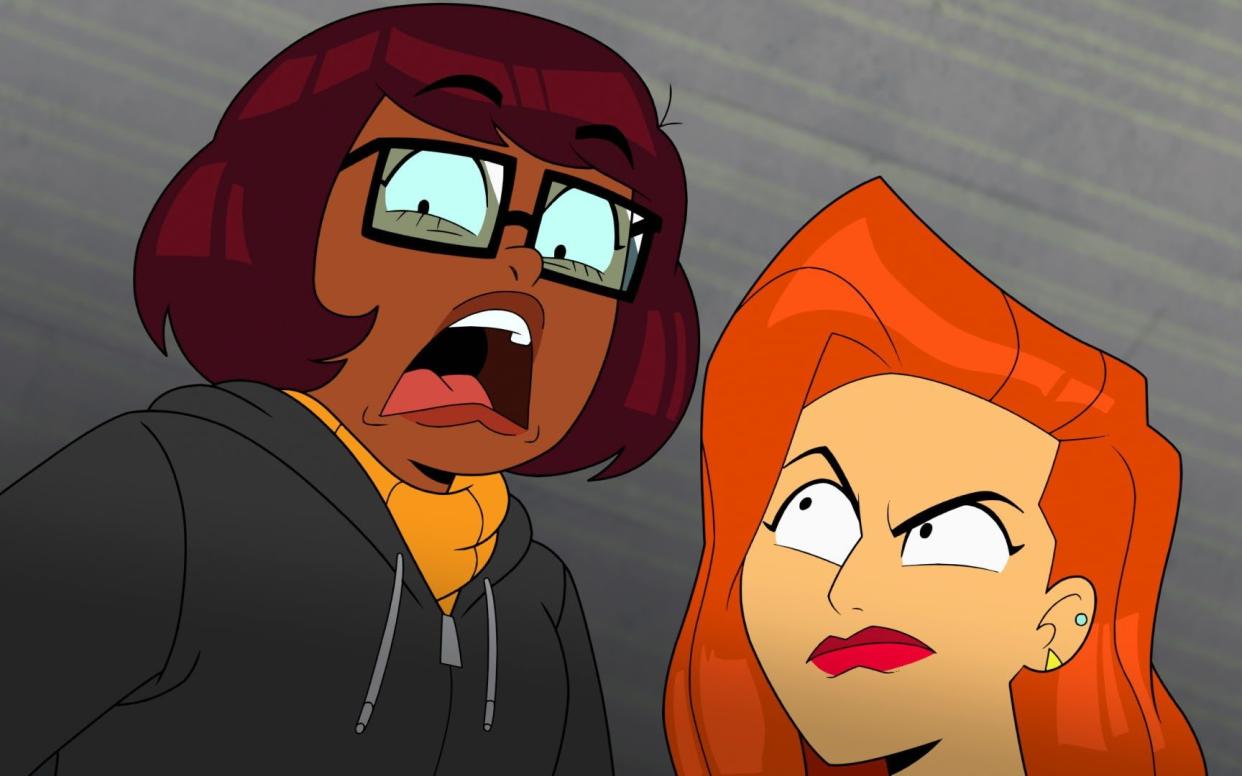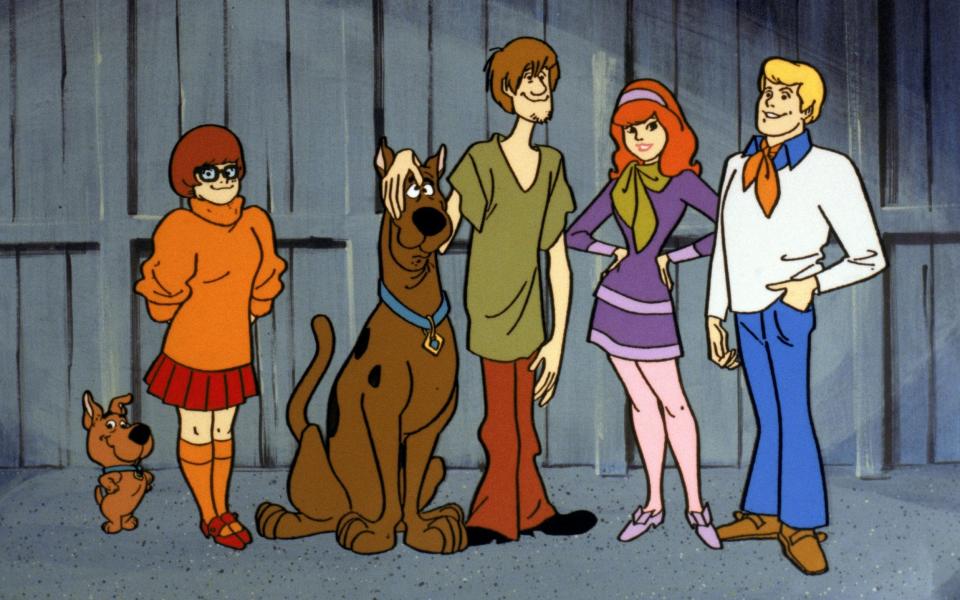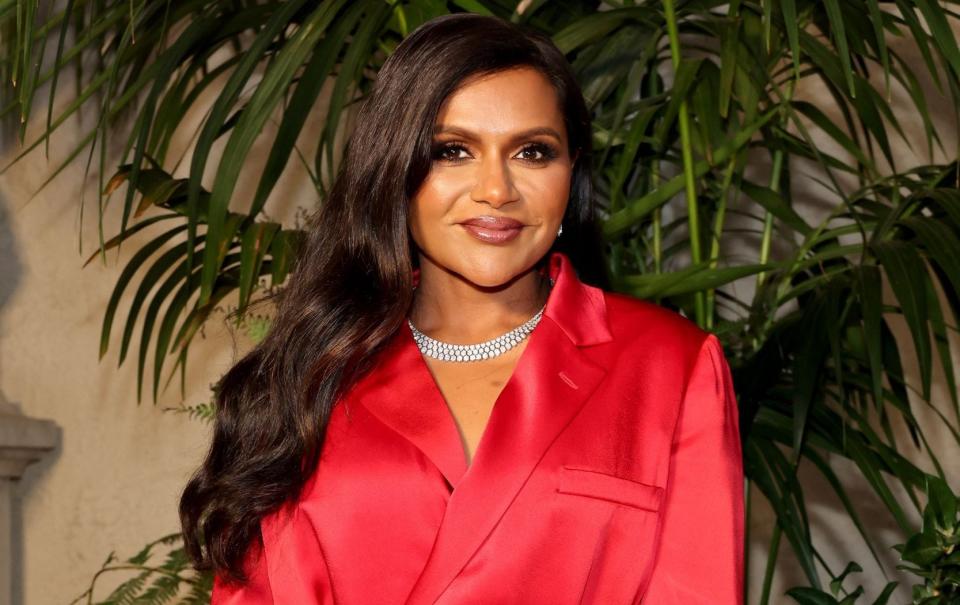How Velma became the most hated show on TV

She would have gotten away with it, too, if it wasn’t for those meddling Scooby-Doo fans. When HBO hired comedian and actress Mindy Kaling to help reboot the delightfully ghoulish Seventies cartoon for its new streaming service, HBO Max, it seemed a no-brainer.
Scooby-Doo was hilarious to begin with and has a vast and loyal following – many the same generation as 43-year-old Kaling. Plus, Kaling’s animated series, Velma, would celebrate original nerd-girl Velma Dinkley – the dork with over-sized spectacles and the not-so-secret brains of the operation. Nerds have never been cooler. Kaling is one of the most respected comedians on American television. What could go wrong?
Lots, it turns out. The backlash against Velma has essentially united all of humanity – and every side of the culture wars. Its diverse casting and racial revisionism have angered extremists. Viewers at the other end of the spectrum are appalled at the sexualising of teens (see below) and its juvenile humour. From puerile anti-cancel culture websites such as 4Chan, to “woke” Twitter, seldom has a series raised hackles so emphatically. We live in an age when nobody can agree about anything. But now we can all come together to share our dislike of Velma.
How could a Scooby-Doo spin-off have screwed the pooch so emphatically? The answer to that question is provided 30 seconds into Velma, the opening two episodes of which have been received with horror and outrage by Scooby-Doo devotees. It begins with our heroine – voiced by Kaling – watching in disgusted fascination as two cockroaches enthusiastically copulate. Next comes a lurid shower scene featuring semi-nude and unashamedly sexualised representations of 15-year-old girls. Then the victim of a serial killer tumbles out of a locker and is revealed to have had her head sliced open in a style reminiscent of a “torture-porn” movie.
“She has no brains!” says Velma. The remark could have been directed at the show itself.
Scooby-Doo diehards haven’t been slow about venting their dislike (“seething hatred” is probably more accurate). Velma, executive produced by Kaling but created by her writing partner Charlie Grandy, purports to tell the origin story of Scooby’s “Mystery Gang” of Velma, Fred, Daphne and stoner Shaggy, currently has an abysmal six per cent audience approval rating on movie review website Rotten Tomatoes. “An utter disgrace to an icon,” writes one user. “Turned a beloved character it into a psychotic fanfic,” thundered another.
Social media has been no less damning. “Velma was just boring and unfunny and sexualised teens,” tweeted one viewer after the first two episodes debuted in the US on January 12 (a UK release date has yet to be announced).
“It looks like Velma is shaping up to be a massive disaster,” said another viewer. “Note how it says she’s 15…The first pic of the show was of a naked Daphne, so they’re sexualising minors AND the writer is transphobic.”
The transphobic claim comes from the fact that Kaling “liked” a tweet by JK Rowling. The Harry Potter author’s views on gender have turned her into a bête noire among certain sections of the internet. Rowling had been asked “How do you sleep at night knowing you've lost a whole audience from buying your books?” To which she replied: “I read my most recent royalty cheques and find the pain goes away pretty quickly.” Kaling clicked “like” and the hell-hounds descended.
Velma is so bad even wokies are calling it an inside job by conservatives. You can't make this shit up 💀 pic.twitter.com/HyuTerMk2b
— Vonster (@__RiseAgain__) January 14, 2023
Whatever about Kaling’s personal views, the real problems with Velma are proudly on display on the screen. Red-haired Daphne – voiced by Constance Wu and East Asian in this telling – is reborn as a sexually aggressive mean girl (aged 15). Goodie two-shoes Fred (Glenn Howerton from It’s Always Sunny In Philadelphia) is a sexist, blue-blooded himbo whose biggest crime is to be white. Sam Richardson’s Shaggy – introduced by his “real” name of Norville – is a broken man-child who has an unrequited crush on Velma. None bear any resemblance to their Scooby-Doo selves.
That is particularly true of Velma herself. Kaling has reimagined the character as Indian-American with a crippling self-esteem issues and a grudge against the entire world. Explaining her logic, Kaling said that as a young girl growing up in Eighties Cambridge, Massachusetts – she is the privately-educated daughter of an architect and a gynaecologist – she saw, in the swotty, dorky Velma a version of herself.
“There is not a lot of representation of Indian Americans, girls of colour in Sixties, Seventies, Eighties, Nineties animation,” she said at New York ComicCon. “So, what I loved about [Velma] is she is the closest to what I could see : a smart, A-student with thick glasses that are always falling off, skeptical. She has a lot of these amazing qualities.”

However, not all Indian Americans appreciate Kaling for projecting the stereotype of the nerdy introvert on to Velma. “I’m happy Mindy Kaling’s style of writing brown girls that hate themselves wasn’t around when I was younger and only became a thing when I was at the age where I loved my heritage and skin colour,” tweeted one woman of South Asian heritage. “I can’t imagine being young and already self-conscious and then seeing that portrayal.”
Velma will build towards the reveal that its heroine is lesbian across its 10-episode first season. Even here, though, Kaling seems unaware of wider Scooby-Doo “lore”. Velma already came out as gay last year. She did so in the straight-to-streaming animated film Trick Or Treat Scooby-Doo! (a Scooby sequel that has nothing at all to do with Kaling or HBO). Kaling has been congratulating herself for having the courage to explore a question that has already been answered.
“Her self-discovery is a really big part of this. We don't want to ignore it. It’s what’s interesting to people. She's an icon for young gay women,” Kaling said. “Her figuring it all out is a big part of the show and why it's really fun to do.”
Velma’s diversity – alongside the East Asian Daphne, Shaggy is African-American – has drawn fire from the usual sections of the internet. Indeed, some of those negative Rotten Tomatoes scores can certainly be attributed to “review bombing” by trolls.
The problem is that everyone else hates Velma, too. Young, old, black, white, straight, queer – the series has annoyed all quadrants. The question that comes up, again and again, is why Kaling harbours such apparent animosity towards these beloved characters? What did Scooby-Doo ever do to her?

Take Fred, who is portrayed as a privileged man-baby yet to enter puberty (despite being aged 16). Original Fred was of course one of TV’s most famous fratboys. But what was clever about the cartoon was that it pulled the rug out from under that stereotype by making him sweet and lovable. Velma is nowhere near as clever or subversive.
“Fred is guilty because he’s rich and white. There are so many better ways to write a motive, but instead they went for the low hanging fruit of social commentary,” protested one fan on the Scooby-Doo Reddit forum. “You want to make me think you’re a smart, meta show that’s subverting all the stereotypes and expectations? Then don’t use the easiest, most on-the-nose types of commentary out there.”
It’s difficult to pin the failure of Velma on any one misstep. Instead, the series is an accumulation of bad decisions. The teenage shower scene in the pilot is queasy. Evil white Fred lands oddly. The constant stream of puerile gags speak to a misunderstanding of the original Scooby charm – and would be more at home on a scatalogical cartoon such as Family Guy. Kaling’s Velma has nothing in common with the character beyond her iconic glasses and sweater.
Put it all together and what results is a Scooby-Doo spin-off by people who seemingly loathe Scooby-Doo. There’s a twist ending, too. Despite the backlash, Velma was the most watched HBO Max animation ever – and has already been renewed for a second series. It’s almost as if it was calculated to trigger the audience and generate lashings of free publicity (YouTube is already littered with furious Velma “reaction” videos). If that is the case, then the dastardly plan has paid off in spades.

 Yahoo News
Yahoo News 
